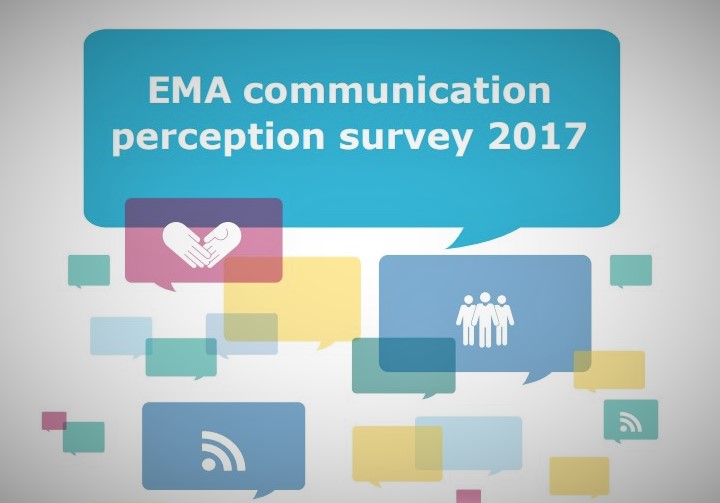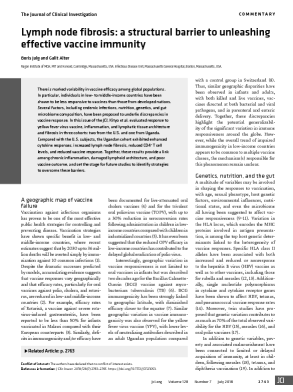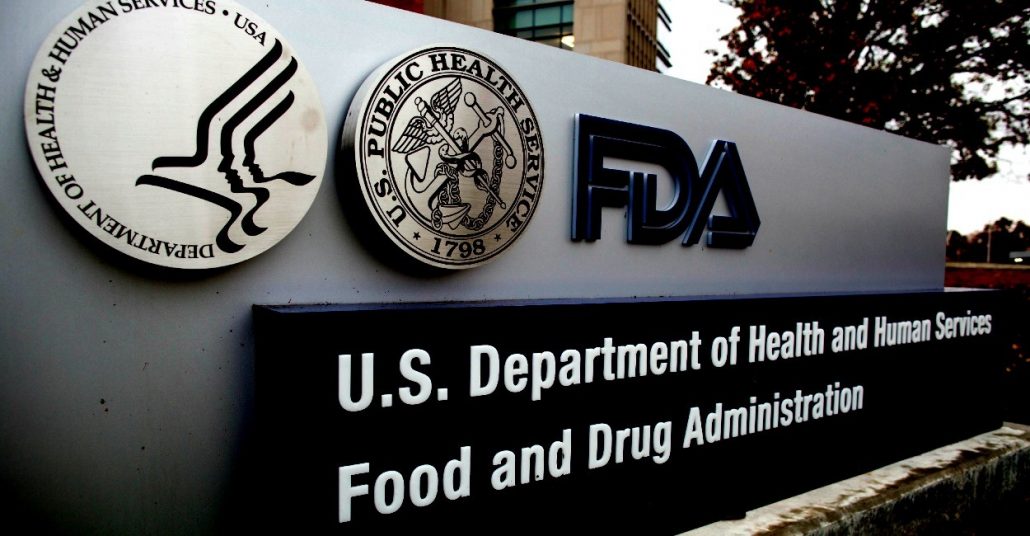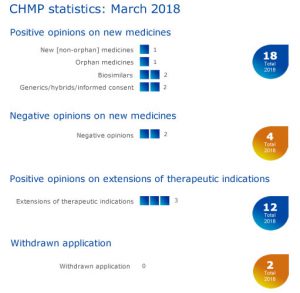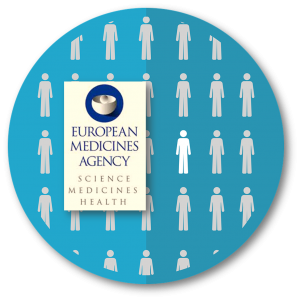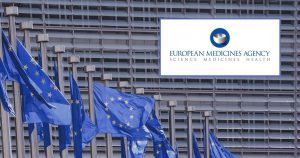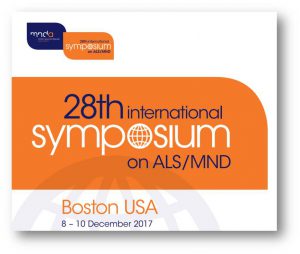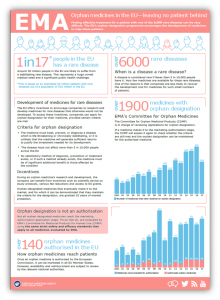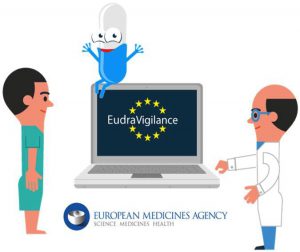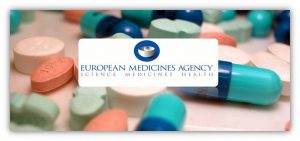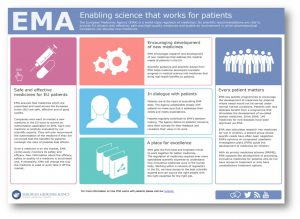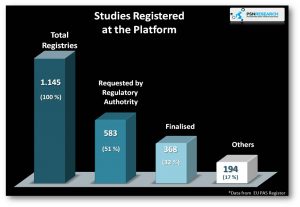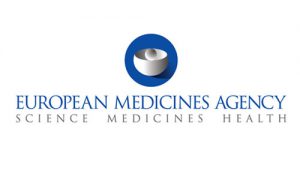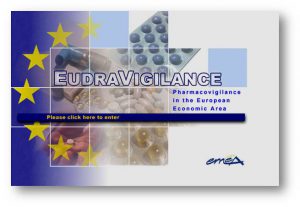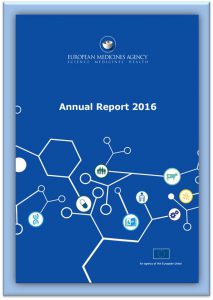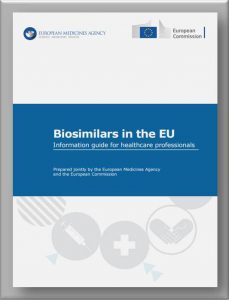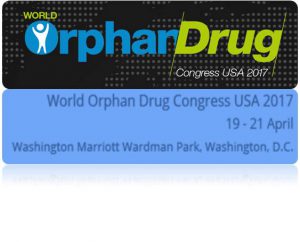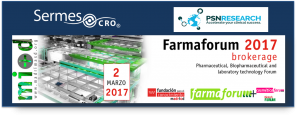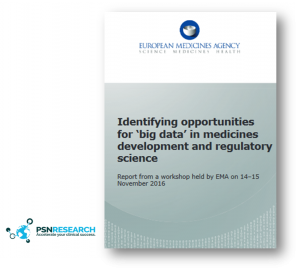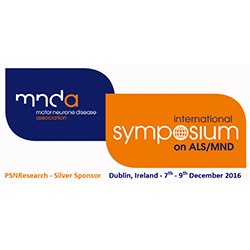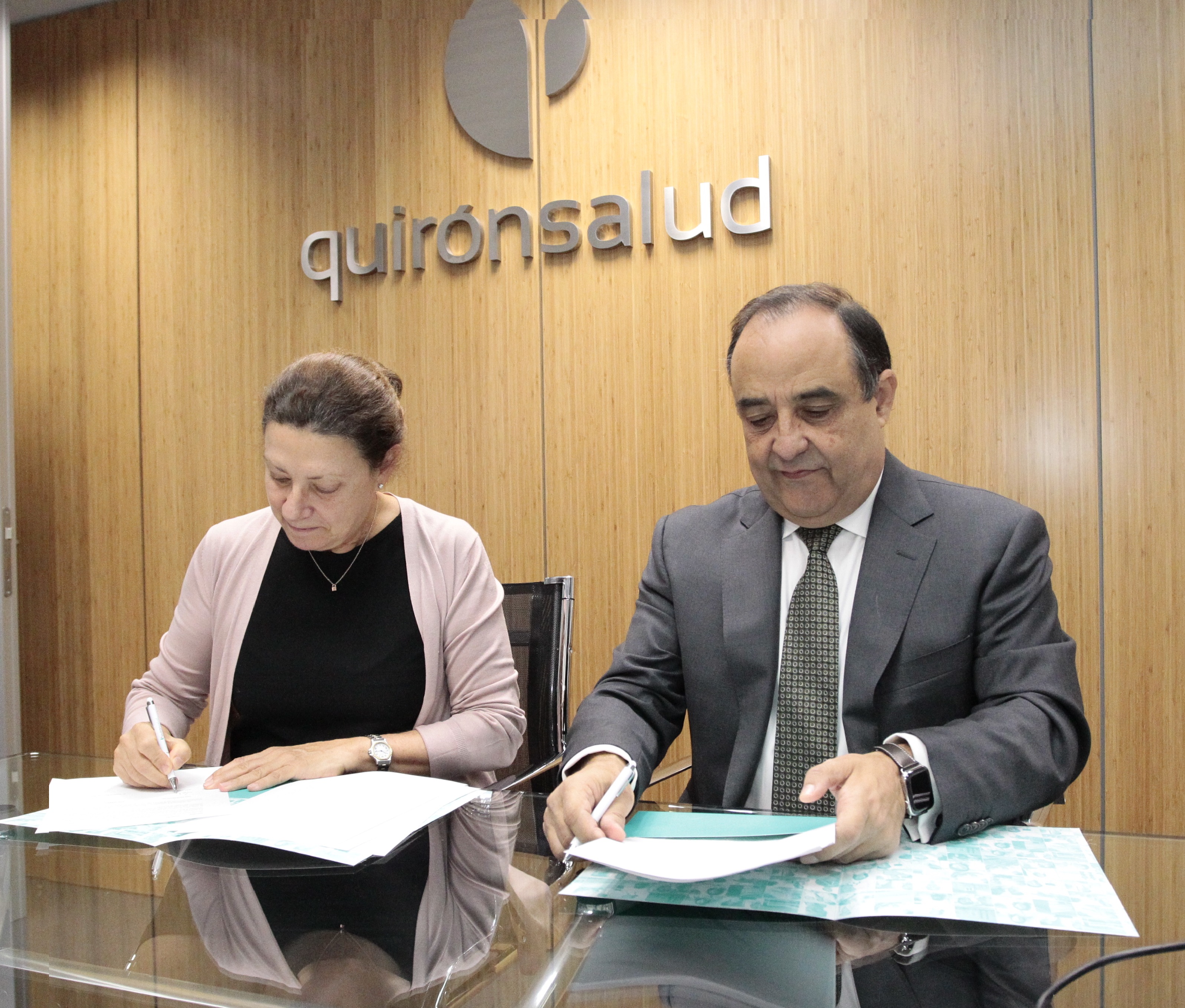
Madrid, 10th October 2018
Sermes CRO, a company with more than 10 years dedicated to the health sector and clinical research, have signed an agreement with Quirónsalud for conducting clinical trials, observational studies and research projects.
The vision of the future is one of the values that define Sermes CRO. Our experience has helped us to develop new areas of expertise where innovation and new technologies give support to our customers outside of the traditional services of a CRO. We differentiate the ability to develop efficient processes in all areas in charge of a high level of professionals. It is for this reason that the digitization of our services, the Big data and the patients are among others, are the center of our current business Vision.
This agreement with Quirónsalud, is carried out by joining forces establishing a framework of continuous collaboration for the Development of clinical research studies that allow to offer to their patients the most innovative treatments and to situate their Researchers at the frontier of Knowledge.
Quirónsalud is the largest hospital group in Spain and the third in Europe. It has more than 35,000 workers in more than 120 health centres, including 45 hospitals offering 6,800 hospital beds. It has the most advanced technology and a large team of highly specialized and internationally renowned Professionals. Among its centers, are the Teknon medical center, ruber international, University Hospital Quirónsalud Madrid, Fundación Jiménez Díaz, Hospital Quirónsalud Barcelona, Hospital Universitario Dexeus, Polyclinic of Gipuzkoa, etc.
Its assistance service is organized in transversal units and networks that allow to optimize the accumulated experience in their different centers and the clinical translation of its researches. Currently, Quirónsalud is developing more than 1,600 research projects throughout Spain and many of its centres carry out a leading role in this field, being pioneers in different specialties such as oncology, cardiology, endocrinology, Gynecology and neurology, among others.
In addition, the group performs an intense teaching work (eight of its hospitals are university) and researcher (it has the Institute of Sanitary Research of the FJD, only private research center accredited by the Secretary of State of investigation, Development and Innovation).
About Sermes CRO
At Sermes CRO we have been in the service of quality clinical research for over 20 years, collaborating with our clients in the development of medicines and as a mission to provide clinical research services during the different stages of the development of medicines, from their earliest stages to post-marketing Studies.
Sermes CRO offers global coverage, nationwide with offices in Madrid and Barcelona and internationally through our integration into PSN Research. Meeting the needs of the customers, we have a highly qualified staff structure that allows us to guarantee flexibility and adaptation to the needs, solving both punctual services and integral Projects and generating the possibility of carrying out efficient international “in house” projects with high standards of Quality.
Sermes CRO, is highly committed to the disability in the labour market, therefore culminated this commitment to the creation of The Sermes Foundation, which is constituted in June 2012 with the goal of integrating disabled people in the world of work to Through training, as well as the empowerment of clinical research in those matters that contribute value and innovation to Society.







